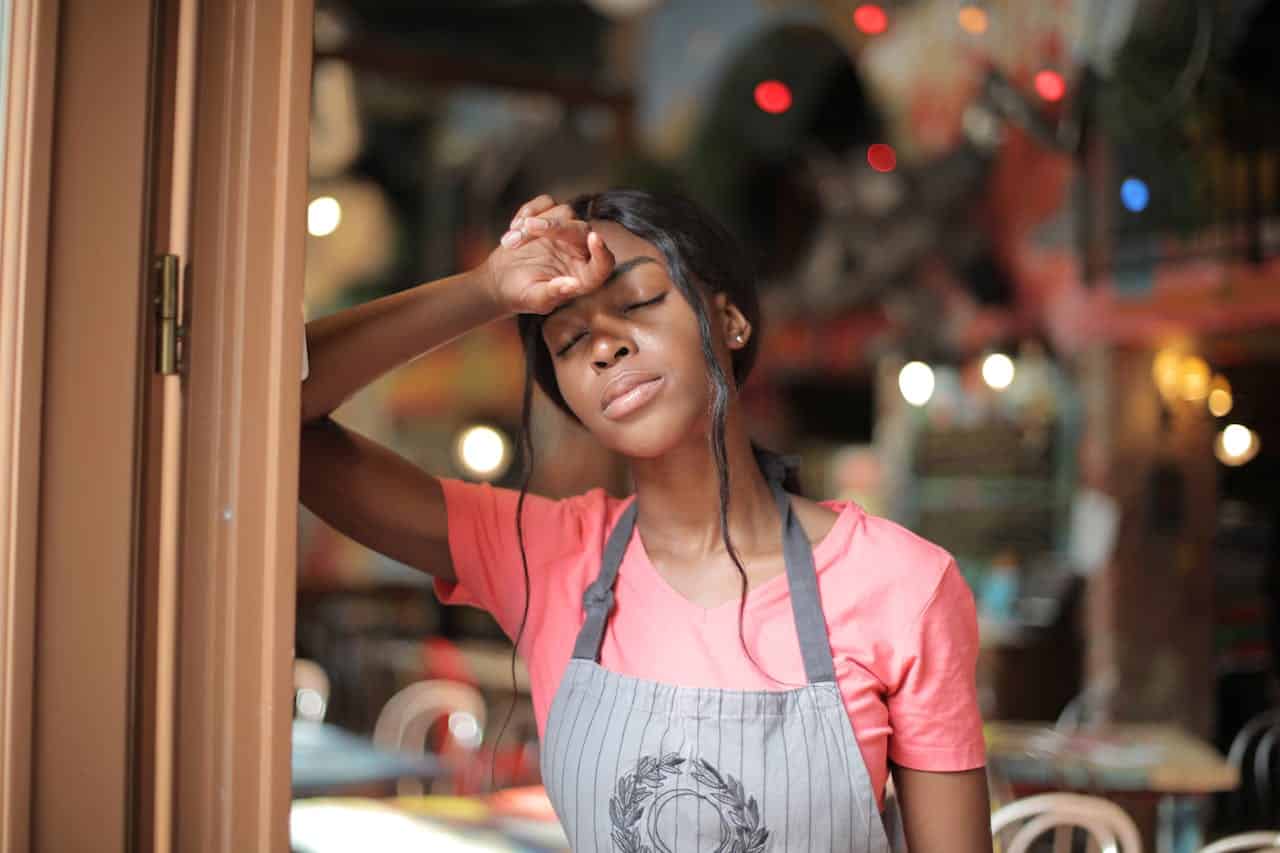There is a man in my building I have privately nicknamed “Cigarman.” That is because my building is a non-smoking building, and he is forced to go outside to smoke his smelly cigars. He takes his “ratdog” for a walk at the same time he smokes his cigars, presumably to kill two birds with one stone. (I call a dog a “ratdog” if it is close to the size of a rat and his is that small.) He and his dog make quite a sight, a large, rather rotund man, puffing on a cigar, walking this tiny dog up and down the block.
He and I have a contentious neighborly relationship because my 50-pound rescue dog Shelby is reactive to other dogs. She was abused before I rescued her, and she was never socialized with other dogs. When she sees his ratdog, she barks and pulls at her leash. Cigarman does not like this. When I see him in the elevator, he is less than cordial.
I constantly need to remind myself that he has been in the building a relatively short time — definitely less than two years. When I thought about this, I realized that next month will be 30 years for me in my apartment. I arrived in August 1995 with a mattress that I laid on the floor. I then realized I will most likely live here for the rest of my life. The mortgage is paid. I only pay the common charges and the utilities. Even if I did sell the apartment, where would I go? Real estate in Westchester County, NY is expensive. And I love my building. It has amenities like a gym, a pool, and a 24/7 concierge. Despite Cigarman, most of my neighbors are friendly.
As I approach my 65th birthday and officially become a senior, I start to think about aging alone and aging in place. I never married and I never had children. I have good friends who range in age from 50 to 74.
On study states, “Among older adults living alone, and compared to their peers coresiding with others, those with ‘restricted’ networks tended to have the poorest well-being. On the opposite side, those with ‘diverse’ networks tended to have even better well-being outcomes than coresiding older adults.”
I work at maintaining my friendships. One of my closest friends lives in Queens and at least once a month, I make the hour-long drive so we can have dinner together. We enjoy each other’s company and have good conversations so I don’t consider the drive an inconvenience. Another friend, who happens to be my cousin, lives in New Jersey. We speak on the phone four or five nights a week about nothing in particular. She loves Shelby and makes the drive over the bridge about every five or six weeks to see us.
In a 2023 seminar on kinlessness and living alone at older ages, it was reported that “women who are aging alone report having protective friendships, autonomy, and an ability to make decisions related to spending time and money. Most of these women are in the baby boom cohort and prepared well for self-independence by entering the labor force, saving money, and creating fulfilling social connections.
I wonder what I would do if I were to be struck by some unexpected serious health crisis that would leave me disabled and unable to work. Right now, I’m planning to work well into my seventies because I lost so much time to my psychiatric illness. I have a laundry list of medical conditions, including a history of a stroke, a pulmonary embolism, adult-onset asthma, seizures, and coronary artery spasms. And that’s only a partial list. I have my brother, but I don’t want to be a burden to him. He has been there for me unconditionally in ways that include emotionally, financially, and physically since our mother passed away in 2002. I’m finally able to stand on my own two feet and I want it to stay that way, even if literally I’m not able to.
In a 2022 article in the New York Times, sociologist Susan Brown of Bowling Green State University said, “Our system of caring for the aged has functioned, for better or worse, on the backs of spouses and, secondarily, adult children.” Reporter Paula Span added, “Relying on substitutes has limitations. About two-thirds of older Americans will eventually hit a rubber-meets-the-road moment and require help with the activities of daily living, such as bathing, dressing and using the toilet.”
I considered purchasing long-term care but to buy in at my “advanced” age was simply too expensive, especially with my history. That I’ve developed a network of supportive friends speaks well for me. As the AMA reports, “There is some evidence to note that people who are experiencing social isolation and loneliness are at increased risk for premature death …. social isolation and loneliness were associated with a 29% increased risk of heart disease and a 32% risk of stroke.”
Personal Perspectives Essential Reads
I suppose the best thing for me to do is just keep doing what I’m doing: working—I go into the office twice a week so I see my co-workers; keep in close contact with my friends and my brother; and be proactive about my physical and emotional health, keeping up with my doctor visits and medications.
And keep my fingers crossed.









